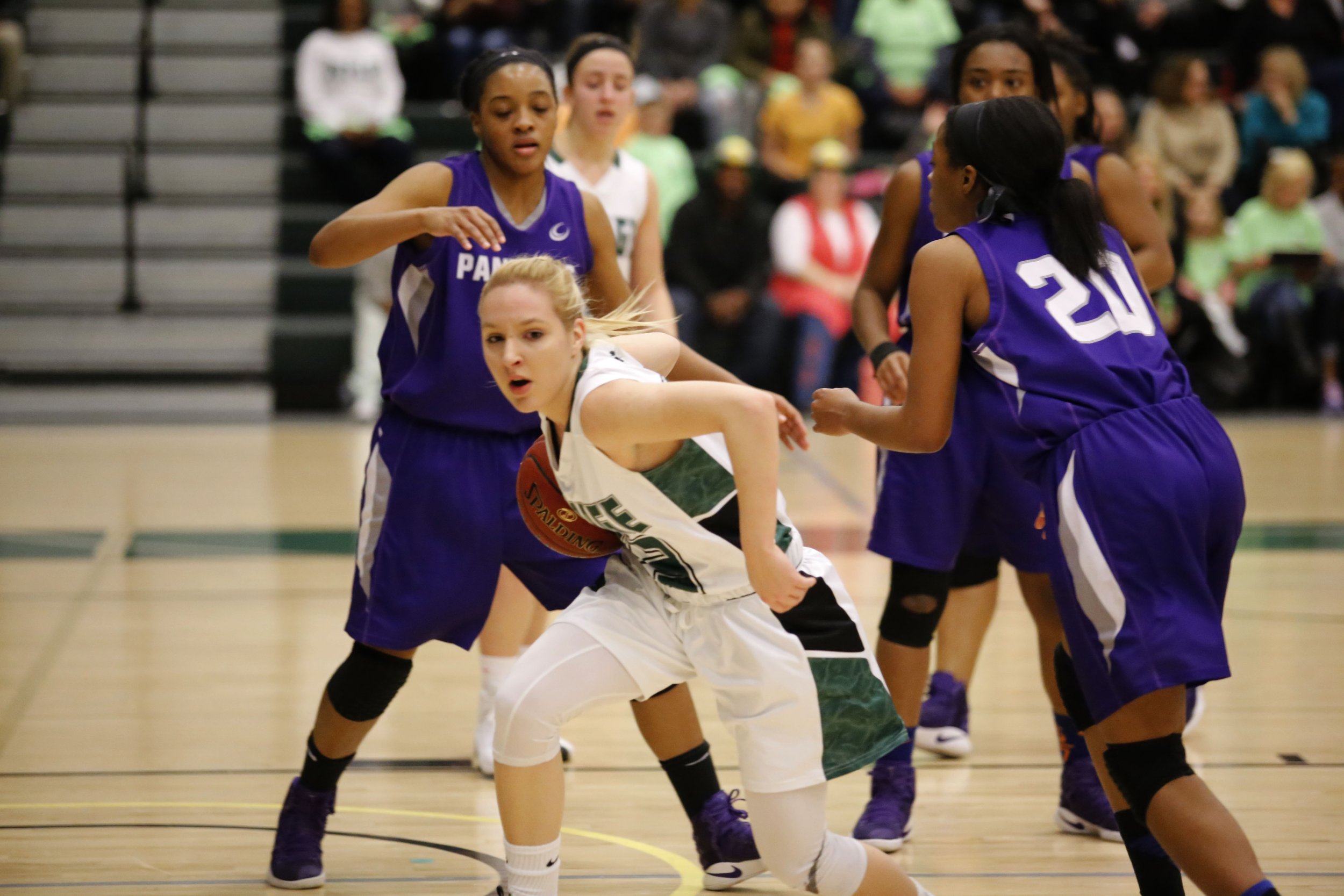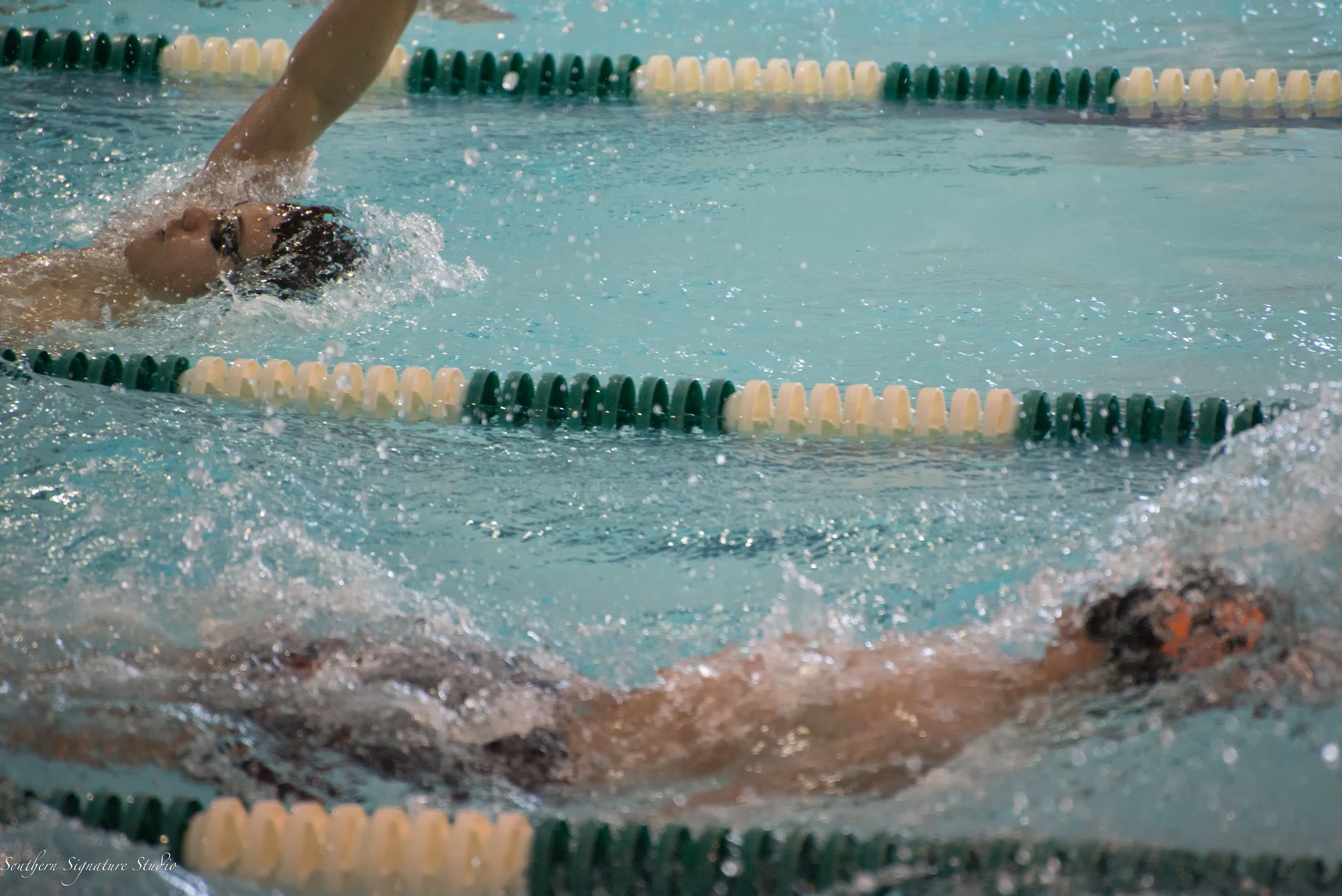How to Make a Top Notch Highlight Film
Highlight Film is no longer a luxury in the recruiting game. Smart phones have made it incredibly easy for almost anyone to film themselves during competition. Film can help a recruit, even in the smallest of high school sports environment to showcase their talent. And as a result, most coaches today won’t take you seriously without it. Making a good highlight film however is a bit more complex than most people realize. There is a difference between what gets views on social media, and what a college coach is looking for. So if your goal is to create a film that gets coaches to take you seriously, here is what you need to do.
Know the difference between the types of film
Complete Game Film: Coaches will not watch this first, but you should always have it on hand. Once a coach is serious about recruiting you they will want to watch you play a full game to see details that a highlight film cannot show. It is best to have 2 or 3 games saved that you can share when it is asked of you.
Game Reel / Game Highlights: A highlight film that focuses on top plays from only one competition. These can be valuable to show consistency in your performance, and work well on social media since they are normally shorter than an extended reel.
Season Highlights: These are the most common highlight reels to send out directly to a coach. They work best when they are a collection of a few games from your season, rather than every big play you have ever made. The goal is to show your consistency and dominance at your level, while showcasing skills that the coach is looking for.
Skills Video: In some cases you may want to film yourself doing high level drills outside of competition. This can show coaches your work ethic, and make it clear just how talented you may be, particularly when your game film is lacking those components for any reason.
How to record game film
The simplest rule to follow is to record everything that you can at the varsity level for future use. If you are playing for a travel team that film can also be very valuable. Whether it is a parent, or friend who is filming, it is less important that your film look like it is tv quality, and rather it be steady, and clearly follow the action of the game. Coaches are looking to see how plays develop so standard film is fine to accomplish that goal “without theatrical transitions”.
You can pay companies to record video for you, or perhaps your team already films games. But it has never been easier than it is now with an iPhone to record your own footage. Recording film likely won’t be your biggest issue, but rather what to do with it once you have it.
How to edit highlight film
Editing highlight film can seem daunting, but programs like iMovie on the iPhone are actually very easy to use. Regardless of the program you edit on, you are simply cutting down the film, and rearranging the order of the clips to show what you want, when you want. The point of a highlight film is to cut down the raw footage you gathered to only what is essential for a coach to see. Coaches do not like to waste their time, so your goal is to show them what they want to see as early and as often as possible.
Consider what coaches are looking for: The film you make should always highlight what coaches want to see. A varied set of skills is what you are trying to show, while also proving that you are proficient. The more you can show the coach that you have developed a skill well, the more clear it will be to the coach that you are someone they should recruit. Study your sport as well to know what coaches value most, and make sure you cater to that in the clips you select.
Grab the coach’s attention: Start off with your most impressive clips to keep the coach interested. A coach will make a judgment on whether they want to keep watching, early so if the first 30 seconds are not attractive enough, they may not watch the rest of the film.
Length matters: A highlight film should ideally be less than five minutes. Once it gets longer than that, you probably should either trim out some of the unnecessary clips, or simply make separate videos where you don’t try to show so many games all at once.
Make yourself clearly visible on screen: It should be clear where you are on screen at all times. In some sports like soccer or football that can be harder to do than others. Use a spotlight in the editing if necessary to make sure the coach easily knows which player to watch.
Avoid (selective editing): If you need to cut out part of a play in order to include it as a highlight, you probably shouldn’t be using it at all. Coaches will want to see the development of an entire play. They are watching details that go beyond, whether you simply scored but rather how you did it. If plays are fading out in the middle the coach will assume something went wrong.
Identify yourself: Don’t forget to include your name, number, school or club team, and other key information early in the video. If a coach doesn’t know who you are or how to contact you, it will defeat the purpose of a video helping you get recruited.
Keep the focus on the game: Anything that distracts from the game should not be on the film. Mute out any commentary from parents or people in the stands. And if you use music, never do more than instrumental music. The lyrics can only distract a coach, and the use of profanity will only bring up new concerns about you as a recruit.
Coach Rob’s Note: Don’t go under-recruited! I put in the hard work for you to know exactly which colleges already want to recruit you, which ones will view you as a top recruit, and how to get their attention. Book a meeting with me, Coach Rob, and see how easy it can be to get the offers you deserve!
How to share film with coaches
Sharing highlight film is a part of the overall coaching contact process. Any e-mail that you send to introduce yourself as a recruit should. Have film included. Likewise your online recruiting profiles, questionnaires, and other correspondence should have video links available. Instead of thinking about sending a film, consider it as a natural part of communicating with coaches that goes along with any engagement.
Coach Rob’s Note: In most cases you should only be sending varsity level film or travel team film to college coaches. If you are still working your way up to varsity, don’t panic, you can use that film later on when you are engaging with coaches to show how much you have grown over time.
Coach Rob is a recruiting expert and the Founder of SCA Recruiting. He is also the author of the book Winning the Ship: How to Win the College Athlete Recruitment Game. Available now on Amazon.

“93% OF HS ATHLETES DON’T PLAY IN COLLEGE… BUT I WILL HELP YOU BEAT THOSE ODDS. I GUARANTEE IT.”


